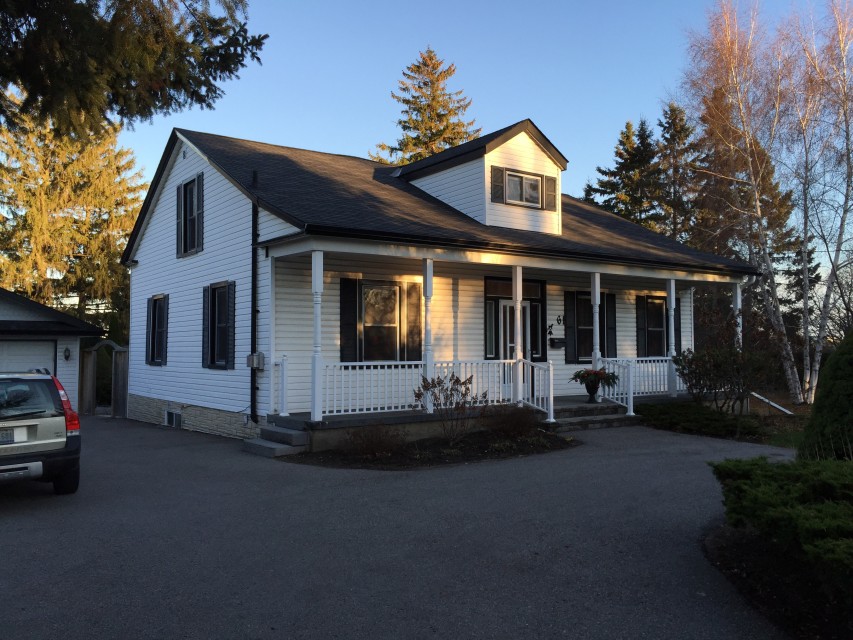Chris Selley hits this one out of the ballpark:
Gadabout urbanist Richard Florida has a new book: The New Urban Crisis. It advises cities on what to do about problems that result from advice he gave them in his previous books, notably The Rise of the Creative Class. Stuff your downtown core full of creative types and you shall prosper, the University of Toronto professor advised, and many cities listened. Now some face a “crisis of their own success,” he told a Toronto breakfast crowd at the Urban Land Institute’s Electric Cities Symposium: the blue-collar types who make the creative class’s artisanal baked goods and mind their children have been “pushed” ever further into the suburbs. Economic and geographic inequality results, and Rob Ford/Donald Trump/Brexit-style resentment can build.
Florida’s many critics have long warned this was a flaw in his vision. But now Florida says he finds it “terrifying,” so he’s off on another book tour.
If I sound a bit peevish, it’s because I find him rather insufferable. Critics have poked holes in much of his research, but much more of it strikes me as overly complex analysis and measurement of fairly basic, intuitive phenomena that are common to dynamic and not-so-dynamic cities. While the remarkable urban revivals in recent decades in New York and Pittsburgh, and nascent ones in Detroit and Newark, are all very interesting, I’ve never understood what they have to teach us about Canadian cities. Their cores never “hollowed out” in the first place, necessitating wholesale renewal. When I listen to Florida talk, I hear Lyle Lanley trying to sell Springfield a monorail.
In any event, his prescriptions for the GTA are not exactly visionary: more transit, more affordable housing, densification over NIMBYism and more decision-making autonomy for cities. “The key today is shifting power from provinces to cities,” Florida writes in a Canadian-focused paper linked to the new book. That made it all the more galling to watch his post-speech “fireside chat” with Ontario Premier Kathleen Wynne, whose tires he pumped well beyond their recommended PSI.
“You know this. It’s in your blood,” Florida gushed of her urbanist bona fides.
Well, let’s see. Wynne can certainly claim to have committed many billions in taxpayer money to transit projects. But if there were awards for NIMBYism, Wynne would have one for the nine-figure cancellation of two unpopular gas-fired power plants, during an election campaign of which she was co-chair; and perhaps another for her party’s shameless politicking on transit in Scarborough.







